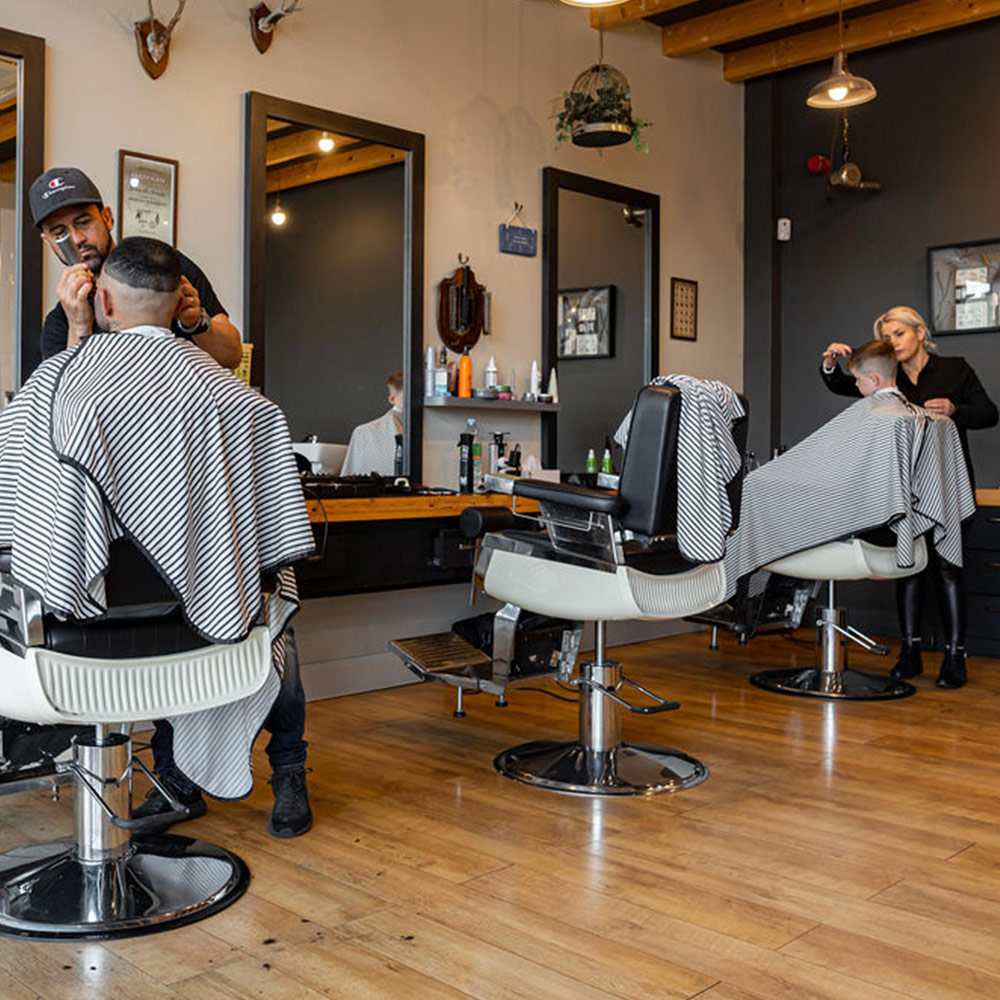Ensuring Client Welfare By means of Effective Wellness and Safety Standards throughout the Barbering Industry
Ensuring Client Welfare By means of Effective Wellness and Safety Standards throughout the Barbering Industry
Blog Article
The hair grooming industry holds a crucial role in personal grooming and self-maintenance. Nonetheless, it is essential to prioritize the health and safety of both customers and stylists in this setting. Robust health and protection standards are crucial for maintaining hygiene standards, avoiding incidents, and ensuring a favorable experience for everyone involved. By following these regulations, barbers can establish a safe environment that encourages trust and comfort among clients.
A single key component of health and safety in grooming is cleanliness. Stylists must comply with strict hygiene practices, including frequent disinfecting of tools and workstations. This includes sanitizing shears, clippers, and combs after every use to eliminate the possibility of transmitting bacteria or infections. Moreover, professionals should use sanitized capes and towels for each client to maintain a hygienic setting. Implementing these practices not only protects customers but also boosts the credibility of the grooming establishment.
Another important requirement addresses the safe management of chemicals used in hair treatments. Items such as coloring agents, chemical straighteners, and other styling agents can pose risks if not managed properly. Stylists must adhere to protective guidelines for the containment and use of these products to prevent skin irritations or allergic reactions among clients. web link Wearing protective gear and ensuring sufficient airflow during treatments are essential steps that barbers should take to protect customer well-being while offering high-standard care.
Injury avoidance is also a vital element of wellness and security requirements in barbering. Barbershops should be designed with safety in mind, minimizing hazards such as slippery floors or cluttered areas. Team members should be educated in response protocols, including how to manage lacerations or burns that may occur during service. Providing first aid kits and ensuring that all team personnel know their placements is an excellent way to prepare for unexpected incidents. By prioritizing safety measures, barbers can create an environment where clients feel safe and cared for.
Lastly, clear interaction is key to ensuring client safety in have a peek at this site the barbering profession. Barbers should consult clients about their needs and any possible risks linked to the services offered. This includes reviewing sensitivities to chemicals or prior adverse reactions experienced by clients. By fostering open dialogue, barbers can build trust with their clients while delivering that they receive customized care aligned with their unique needs. In the end, upholding health and safety regulations will lead to enhanced client satisfaction and a successful barbering business.